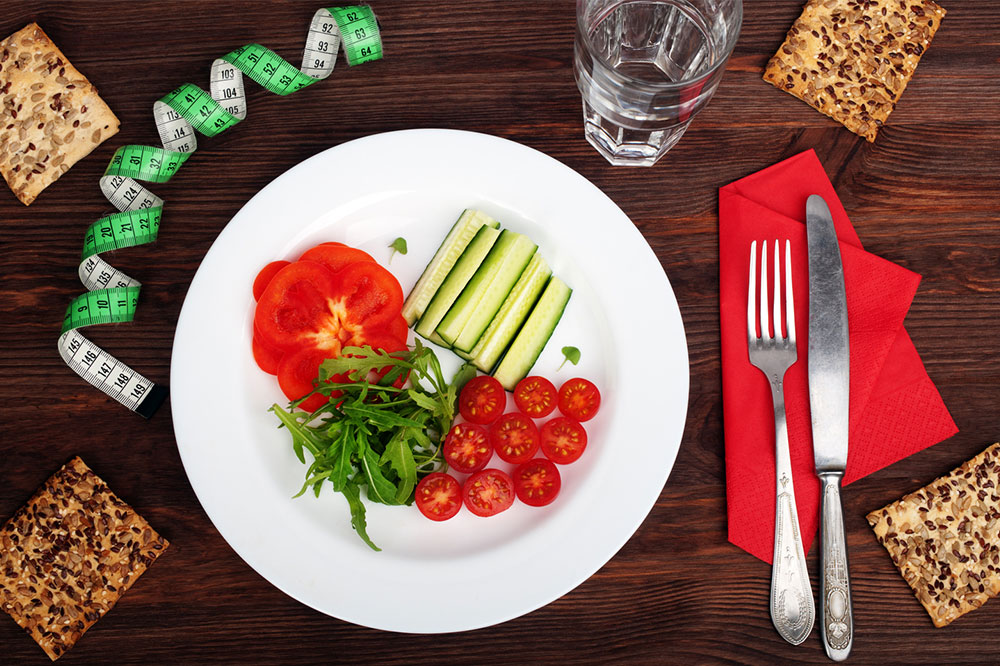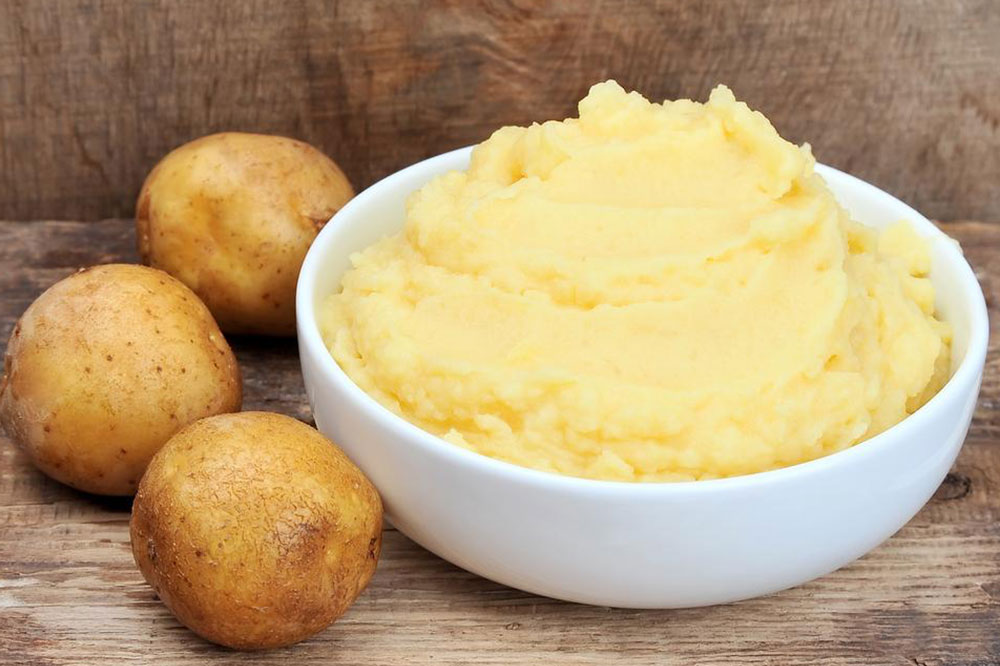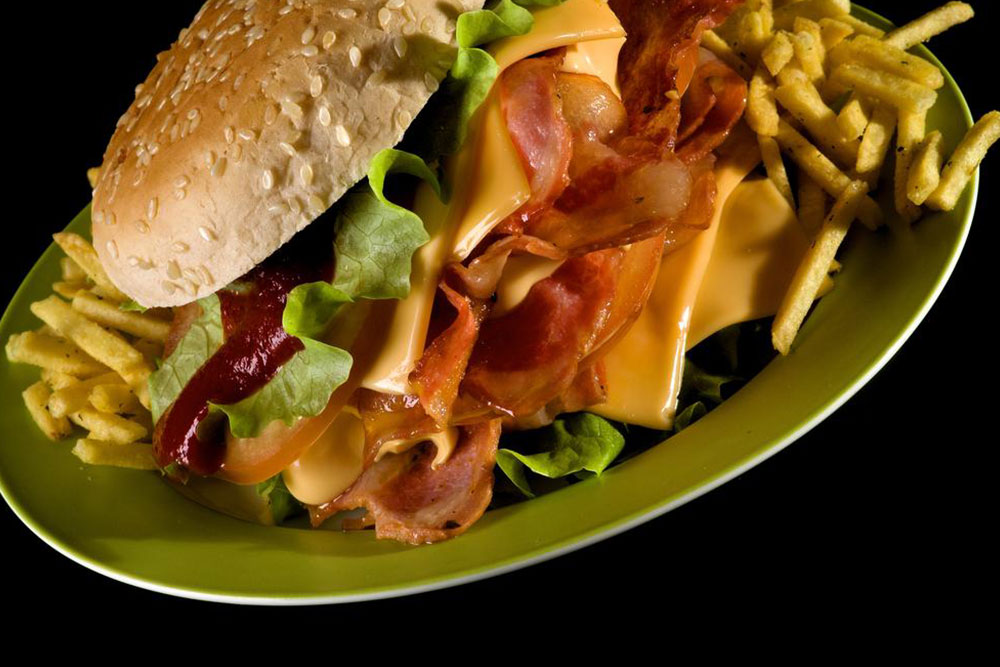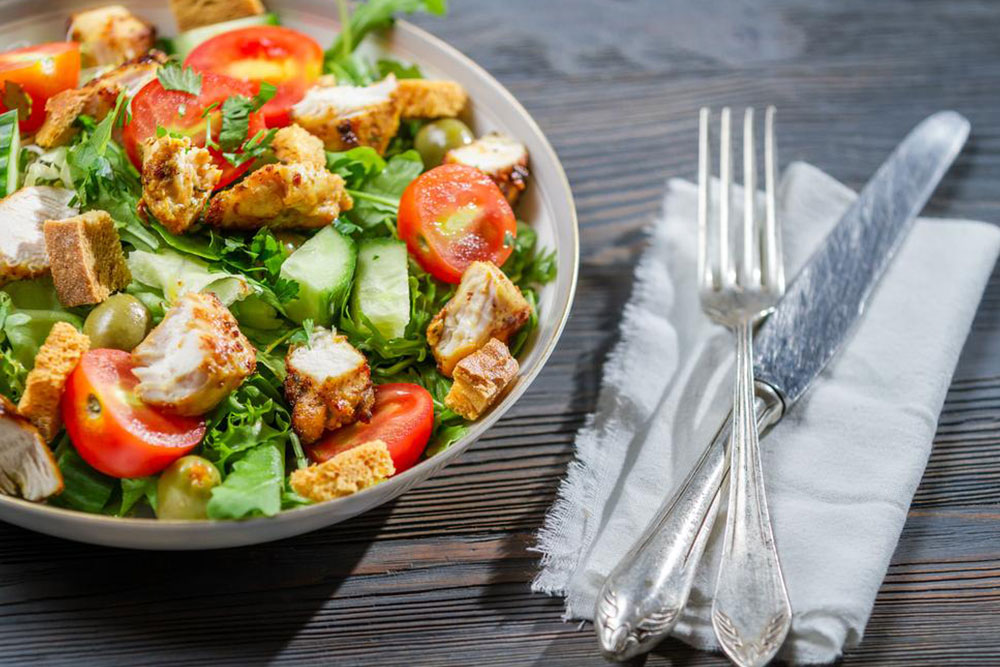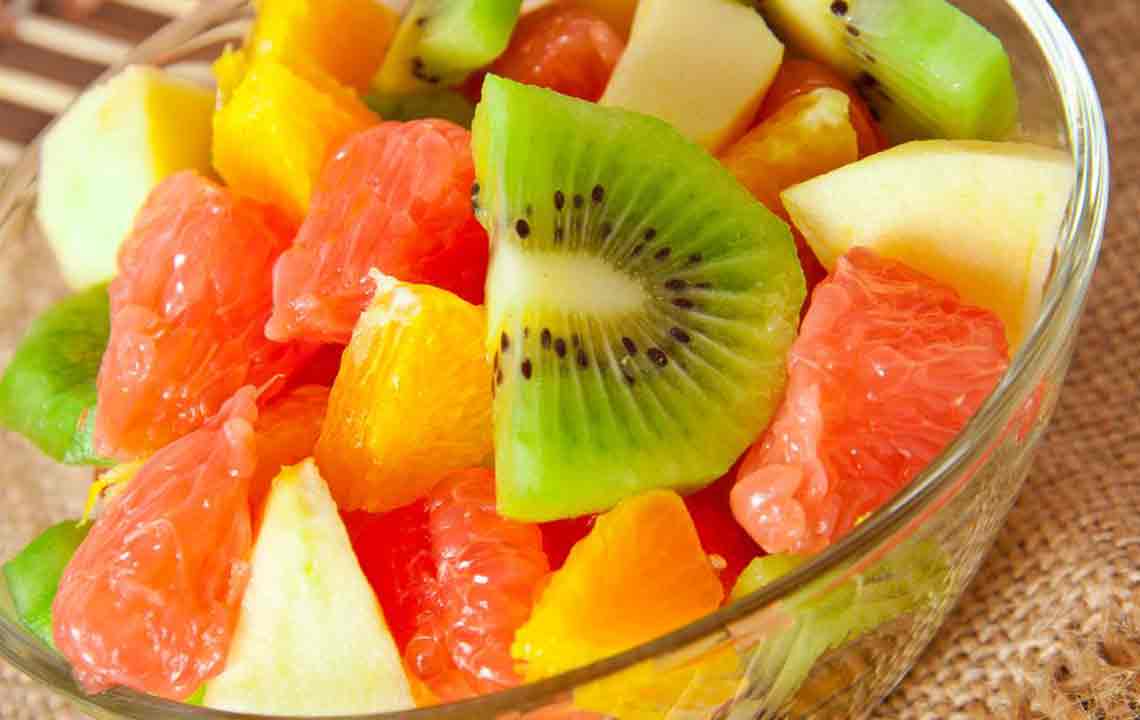Best Dietary Choices for Managing Crohn's Disease
Discover effective dietary strategies for managing Crohn's disease, focusing on easy-to-digest foods like refined grains, oatmeal, low-fiber fruits, and cooked vegetables. Learn how proper nutrition can help reduce inflammation, ease symptoms, and improve quality of life during flare-ups.
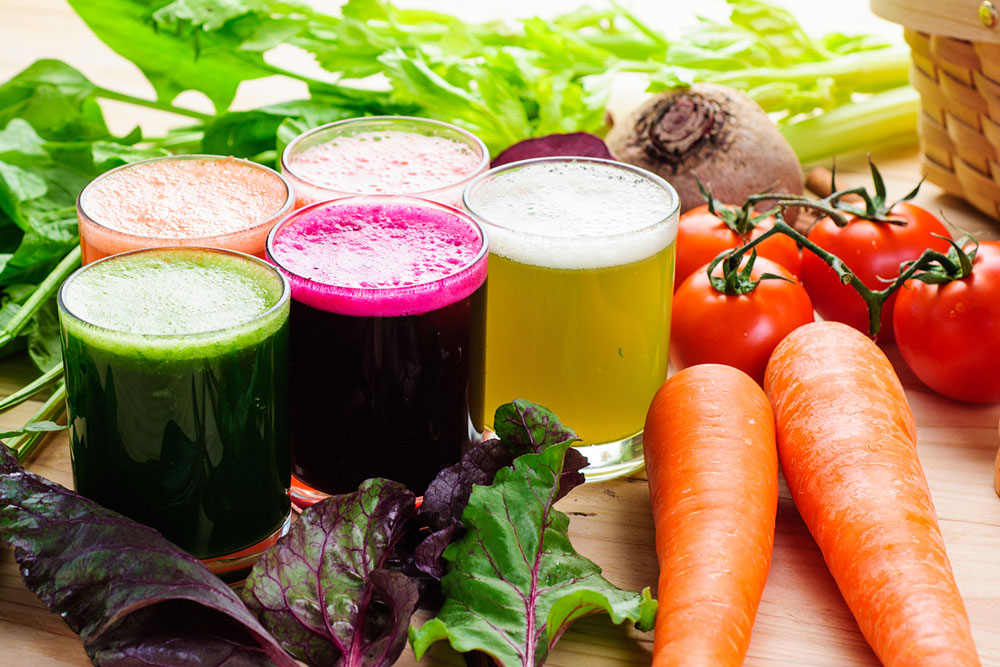
Best Dietary Choices for Managing Crohn's Disease
Crohn's disease is a long-term inflammatory condition affecting the digestive tract, causing symptoms like loss of appetite, nausea, stomach pain, bloating, and diarrhea. These symptoms can impact daily life and overall well-being. Adjusting diet is a crucial way to manage symptoms effectively. Consuming specific foods that are gentle on the gut can help reduce inflammation and ease discomfort. Understanding which foods are beneficial is key to improving quality of life for those with Crohn’s disease.
Refined grains
Easier to digest than whole grains, refined grains like pasta, white rice, bread, and cereals contain less fiber, making them less likely to cause irritation. They pass quickly through the digestive system and can reduce inflammation and discomfort.
Examples include rice snacks, waffles, pancakes, plain crackers, pasta, and fortified cereals with added minerals and vitamins.
Oatmeal
Made from rolled or quick oats, oatmeal contains less fiber than steel-cut oats. During flare-ups, it’s best to avoid insoluble fiber, which can worsen diarrhea. Soluble fiber in oats, like beta-glucan, helps by adding bulk to stool and absorbing water, easing diarrhea symptoms.
Adding oats to smoothies with peeled fruits can be beneficial.
Low-fiber fruits
Fruits like peaches, cantaloupe, watermelon, honeydew, and bananas are gentle on the digestion and help control diarrhea. During flare-ups, consume fruits in smaller portions to minimize irritation.
Peeled and cooked fruits
Removing skin reduces insoluble fibers, and cooking or peeling fruits makes them easier to digest. Processed fruits—such as canned or cooked varieties—are lower in fiber but may contain higher sugar levels and should be eaten in moderation.
Peeled and cooked vegetables
Peeling vegetables like carrots, squash, and potatoes decreases fiber content. Cooking vegetables softens them and makes digestion simpler. Instead of frying, steaming or boiling is recommended to avoid adding fats that could trigger symptoms.
Yogurt and dairy products
Yogurts with probiotics can help reduce gut inflammation by promoting beneficial bacteria. However, some studies show mixed results, and during flare-ups, reducing lactose intake might be advised, as some dairy contains lactose, a sugar that can cause discomfort.

